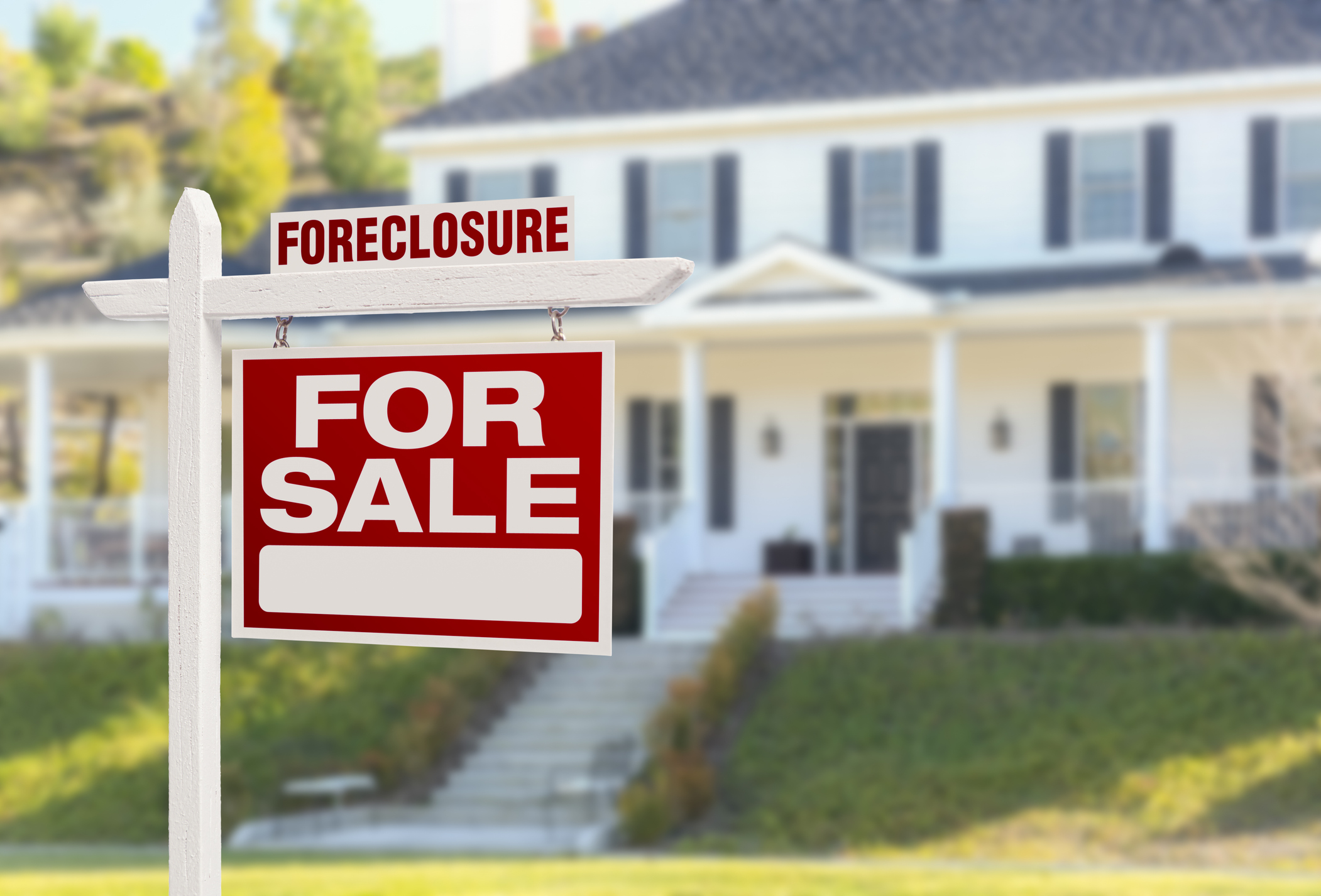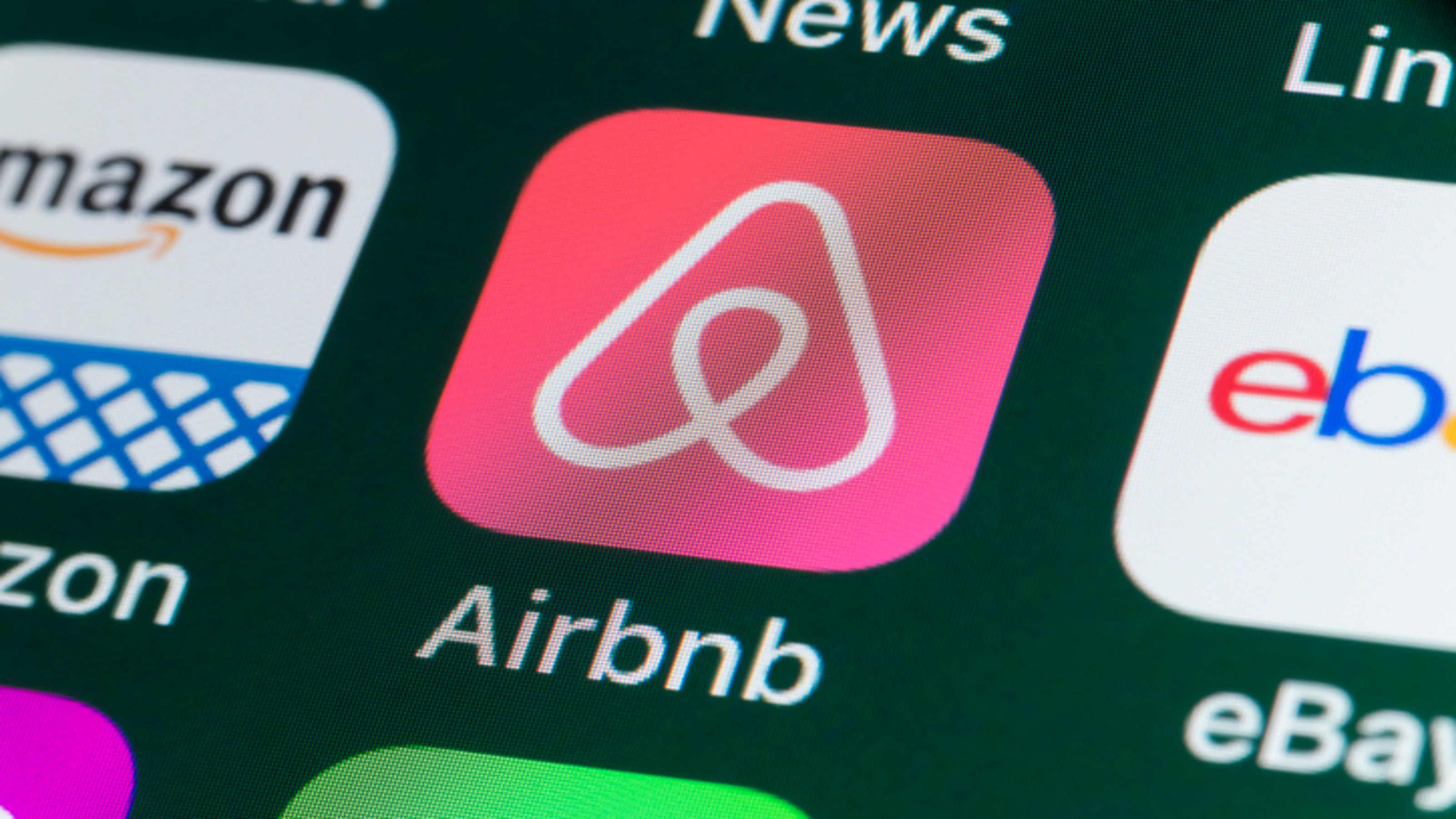6 Things to Know About LED Bulbs
They're pricey, but they promise to shed a lot of light and cost you less over time.

1. Incandescents are dead. As manufacturers phase out traditional light bulbs that don’t meet new federal standards for efficiency, the first to go are 100-watt bulbs in 2012. The phase-out continues with 75-watt bulbs in 2013 and 60-watt and 40-watt bulbs in 2014. You could substitute halogens or compact fluorescents (CFLs), but LEDs will take you straight into the future of lighting. LEDs (short for light-emitting diodes) have been used in flashlights and reading lights for years.
2. Long live LEDs. Well-designed and -manufactured LED bulbs are rated to last 25,000 hours, or at least 22 years based on three hours' use a day. By comparison, incandescents last just a year, and CFLs from five to nine years. LEDs use about 80% less energy than incandescents to produce the same amount of light, as measured in lumens. (CFLs use about 75% less energy; halogens, 30% less.) The Department of Energy says that with rapid adoption of LED bulbs, electricity demand for lighting in the U.S. could be reduced by one-third by 2027, eliminating the need for 40 new power plants.
3. They're not cheap. The cost of an LED bulb—$15 to $40, depending on the equivalency—may give you pause. But the cost per bulb has fallen from just two years ago, and it will continue to fall with improved technology and design and ramped-up production, says Vrinda Bhandarkar, director of research for LED lighting with Strategies Unlimited, a market-research company in Mountain View, Cal. In an analysis of all types of light bulbs, the DOE found that CFLs (which cost about $5 per bulb) beat LEDs by only $10 in net savings. If your local utility offers a rebate—typically $10 to $15 per LED bulb—you could close the gap.
From just $107.88 $24.99 for Kiplinger Personal Finance
Become a smarter, better informed investor. Subscribe from just $107.88 $24.99, plus get up to 4 Special Issues

Sign up for Kiplinger’s Free Newsletters
Profit and prosper with the best of expert advice on investing, taxes, retirement, personal finance and more - straight to your e-mail.
Profit and prosper with the best of expert advice - straight to your e-mail.
4. What you'll like. LED bulbs can be designed to cast a warm glow, like incandescents, or a bright, white light. They emit no ultraviolet radiation and produce very little heat. Flip a switch and the bulb comes on instantly and fully. When dimmed (the bulb must be compatible with the dimmer in your fixture), it won't hum, flicker or change color. LEDs are resistant to vibration and breakage, and they come in a variety of specialty styles and shapes. Replacement bulbs for lamps are available in 40-, 60- and 75-watt equivalents; 100-watt equivalents are likely by early 2013.
5. Research your investment. Some manufacturers, among them General Electric, Osram Sylvania and Phillips, have Energy Star endorsements. Also, look for manufacturers and retailers that participate in the DOE's LED Lighting Facts program (see the fact sheet). The bulbs should carry a warranty of three to five years.
6. Start slowly. Try using LED bulbs in hard-to-reach spots or heavily used areas, such as the kitchen, family room and porch. The warmer the light, the more expensive the bulb, so for the front porch consider a bulb with a bluer tinge than you'd like in the living room. And LEDs may seem brighter than the incandescents they're designed to replace, so instead of a 60-watt-equivalent bulb, try a less-costly 40-watt-equivalent. You may ultimately need to buy and try a few LEDs to find a model that works for you.
This article first appeared in Kiplinger's Personal Finance magazine. For more help with your personal finances and investments, please subscribe to the magazine. It might be the best investment you ever make.
Profit and prosper with the best of Kiplinger's advice on investing, taxes, retirement, personal finance and much more. Delivered daily. Enter your email in the box and click Sign Me Up.

-
 Stocks Chop as the Unemployment Rate Jumps: Stock Market Today
Stocks Chop as the Unemployment Rate Jumps: Stock Market TodayNovember job growth was stronger than expected, but sharp losses in October and a rising unemployment rate are worrying market participants.
-
 Should You Renew Your CD?
Should You Renew Your CD?With rate cuts impacting earnings, we examine if now is a wise time to renew CDs.
-
 7 Ways to Plan Now to Save on Medicare IRMAA Surcharges Later
7 Ways to Plan Now to Save on Medicare IRMAA Surcharges LaterUnderstand the critical two-year lookback period and why aggressive planning before you enroll in Medicare is the most effective way to minimize IRMAA.
-
 Amazon Resale: Where Amazon Prime Returns Become Your Online Bargains
Amazon Resale: Where Amazon Prime Returns Become Your Online BargainsFeature Amazon Resale products may have some imperfections, but that often leads to wildly discounted prices.
-
 Roth IRA Contribution Limits for 2026
Roth IRA Contribution Limits for 2026Roth IRAs Roth IRAs allow you to save for retirement with after-tax dollars while you're working, and then withdraw those contributions and earnings tax-free when you retire. Here's a look at 2026 limits and income-based phaseouts.
-
 How to Search For Foreclosures Near You: Best Websites for Listings
How to Search For Foreclosures Near You: Best Websites for ListingsMaking Your Money Last Searching for a foreclosed home? These top-rated foreclosure websites — including free, paid and government options — can help you find listings near you.
-
 Luxury Home Prices Rise as the Rich Dodge High Mortgage Rates
Luxury Home Prices Rise as the Rich Dodge High Mortgage RatesLuxury home prices rose 9% to the highest third-quarter level on record, Redfin reports, growing nearly three times faster than non-luxury prices.
-
 Four Tips for Renting Out Your Home on Airbnb
Four Tips for Renting Out Your Home on Airbnbreal estate Here's what you should know before listing your home on Airbnb.
-
 Five Ways to a Cheap Last-Minute Vacation
Five Ways to a Cheap Last-Minute VacationTravel It is possible to pull off a cheap last-minute vacation. Here are some tips to make it happen.
-
 How Much Life Insurance Do You Need?
How Much Life Insurance Do You Need?insurance When assessing how much life insurance you need, take a systematic approach instead of relying on rules of thumb.
-
 When Does Amazon Prime Day End in October? Everything We Know, Plus the Best Deals on Samsonite, Samsung and More
When Does Amazon Prime Day End in October? Everything We Know, Plus the Best Deals on Samsonite, Samsung and MoreAmazon Prime The Amazon Prime Big Deal Days sale ends soon. Here are the key details you need to know, plus some of our favorite deals members can shop before it's over.